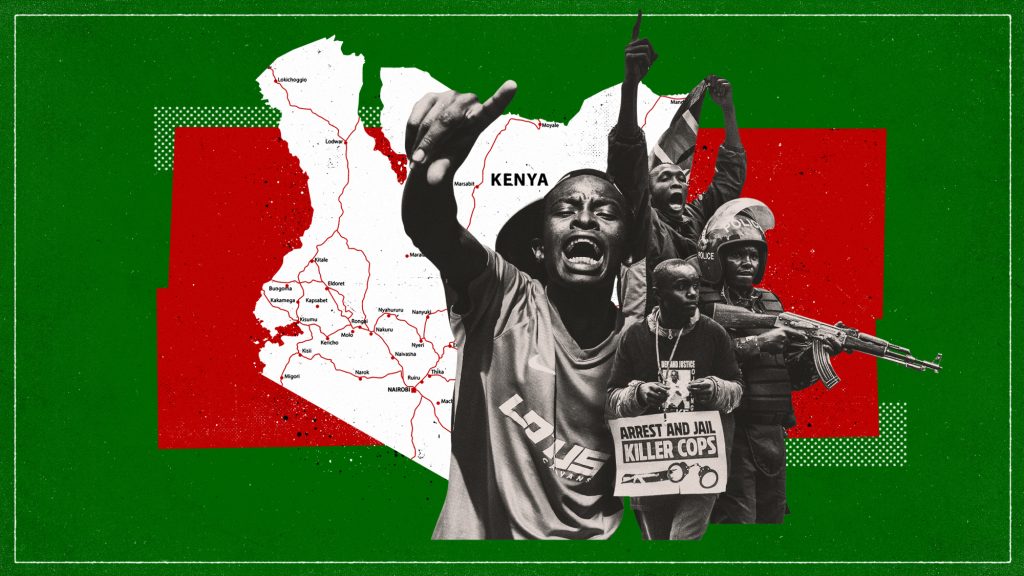Given the frequency of political turmoil in Africa, a recent slew of protests in Kenya might not seem extraordinary. But these protests are the culmination of anger directed toward Kenya’s government that has been brewing since protests last year.
The protests in June 2024, which saw Kenyans breach the country’s parliament building and clash with police officers, were the beginning of wider disunion in the country. One year later, Kenyans are making their voices heard again, and some fear that the turmoil may be here to stay.
What did the commentators say?
These protests stem from “growing anger at alleged police brutality” after Kenyan police officers were recently “charged with the murder of a blogger in police custody,” said Semafor. Much of this anger has been directed at Kenyan President William Ruto and his government, with protesters in the capital city, Nairobi, “vowing to march to his official residence” and chanting, “Ruto must go.”
Many “young Kenyans were in the streets to demand justice for those killed in last year’s protests,” said Semafor. The 2024 protests were largely “demonstrations against a contentious tax plan, which ended last year with more than 60 people dead,” said The New York Times. There was also agitation in the aftermath of those protests, as “dozens of people, including activists, medical workers and social media influencers, were abducted, interrogated and tortured, according to interviews with activists and rights lawyers.”
Although Ruto’s tax plan was eventually rolled back, anger over how those protests were handled by law enforcement remains. It is “extremely important that the young people mark June 25th because they lost people who look like them, who speak like them … who are fighting for good governance,” Angel Mbuthia, the chair of the youth league for Kenya’s opposition Jubilee Party, told Al Jazeera.
What next?
Protests devolved into chaos across the country on Wednesday but particularly in Nairobi, with “police firing tear gas and water cannons to disperse” the demonstrators, said Reuters. At least 16 people died during the initial round of protests, Kenyan officials said.
Many more people were hurt during the event, with at least 400 injuries reported between protesters, police officers and journalists, according to the Kenya National Commission on Human Rights. As with the 2024 protests, there were “allegations of excessive use of force” by police, including the “use of rubber bullets, live ammunition and water cannons,” the organization said.
It is unlikely that the temperature will cool anytime soon, as these new protests have “become a lightning rod for Kenyans still mourning those who perished at last year’s demonstrations, blamed on security forces, against a backdrop of dozens of unexplained disappearances,” said Reuters. Kenyans are “fighting for the rights of our fellow youths and Kenyans and the people who died since June 25. We want justice,” Lumumba Harmony, a protester, told the outlet.
Ruto himself has “urged protesters not to threaten peace and stability,” said the BBC. Protests “should not be to destroy peace in Kenya,” Ruto said during an address. “We do not have another country to go to when things go wrong. It is our responsibility to keep our country safe.”
More than 60 protesters died during demonstrations in 2024
